When it comes to selecting a bed, particularly for individuals with special medical needs, the choice between a regular bed and a hospital bed can be crucial. While both serve the primary purpose of providing rest and comfort, hospital beds are specifically designed to address the unique requirements of patients. In this article, we will explore the differences between these two types of beds and help you make an informed decision based on your needs. 1. Adjustability and Mobility: One of the key distinctions between a hospital bed and a regular bed lies in their adjustability features. Hospital beds are equipped with various mechanisms that enable adjustments in height, headrest, footrest, and bed level.

.
 This is essential for patients who spend extended periods in bed, as it allows for better positioning, pressure relief, and facilitation of medical procedures. Additionally, hospital beds often come with wheels, allowing for easy mobility and transfer between different locations within the healthcare facility. 2. Safety and Support: Hospital beds are designed with the safety and well-being of patients in mind. They often incorporate side rails, both fixed and adjustable, to prevent accidental falls and provide added support when getting in and out of bed independently.
This is essential for patients who spend extended periods in bed, as it allows for better positioning, pressure relief, and facilitation of medical procedures. Additionally, hospital beds often come with wheels, allowing for easy mobility and transfer between different locations within the healthcare facility. 2. Safety and Support: Hospital beds are designed with the safety and well-being of patients in mind. They often incorporate side rails, both fixed and adjustable, to prevent accidental falls and provide added support when getting in and out of bed independently.
..
 These rails can be particularly beneficial for elderly individuals or those with limited mobility. Regular beds, on the other hand, commonly lack these safety features, making them less suitable for individuals with special medical needs. 3. Pressure Redistribution and Healing: Hospital beds are specifically engineered to aid in the prevention and treatment of pressure ulcers, commonly known as bedsores. These beds offer various pressure redistribution options, such as alternating pressure, low air loss, or foam overlays, which help alleviate the pressure on prominent body areas, improving blood circulation and promoting healing. Regular beds, while comfortable, lack these features and may not provide the necessary level of support for patients with existing skin conditions or prolonged bed rest. 4. Versatility and Accessories: Hospital beds are designed to accommodate a wide range of medical accessories and equipment.
These rails can be particularly beneficial for elderly individuals or those with limited mobility. Regular beds, on the other hand, commonly lack these safety features, making them less suitable for individuals with special medical needs. 3. Pressure Redistribution and Healing: Hospital beds are specifically engineered to aid in the prevention and treatment of pressure ulcers, commonly known as bedsores. These beds offer various pressure redistribution options, such as alternating pressure, low air loss, or foam overlays, which help alleviate the pressure on prominent body areas, improving blood circulation and promoting healing. Regular beds, while comfortable, lack these features and may not provide the necessary level of support for patients with existing skin conditions or prolonged bed rest. 4. Versatility and Accessories: Hospital beds are designed to accommodate a wide range of medical accessories and equipment.
…
 These can include IV poles, patient monitoring systems, bedside tables, mobilization aids, and more. Such accessories are essential for healthcare providers to deliver efficient, high-quality care to patients. Regular beds are not equipped with these features, which limits their versatility and adaptability to medical environments. Conclusion: When considering the choice between a hospital bed and a regular bed, it is crucial to evaluate the unique needs and requirements of the individual. Hospital beds offer adjustable features, enhanced safety measures, pressure redistribution capabilities, and the ability to accommodate medical accessories. Regular beds, while providing convenience and comfort, often lack these specialized features, which makes them less suitable for individuals with special medical needs. By understanding the differences between the two, you can make an informed decision that prioritizes the health and well-being of yourself or your loved ones.
These can include IV poles, patient monitoring systems, bedside tables, mobilization aids, and more. Such accessories are essential for healthcare providers to deliver efficient, high-quality care to patients. Regular beds are not equipped with these features, which limits their versatility and adaptability to medical environments. Conclusion: When considering the choice between a hospital bed and a regular bed, it is crucial to evaluate the unique needs and requirements of the individual. Hospital beds offer adjustable features, enhanced safety measures, pressure redistribution capabilities, and the ability to accommodate medical accessories. Regular beds, while providing convenience and comfort, often lack these specialized features, which makes them less suitable for individuals with special medical needs. By understanding the differences between the two, you can make an informed decision that prioritizes the health and well-being of yourself or your loved ones.
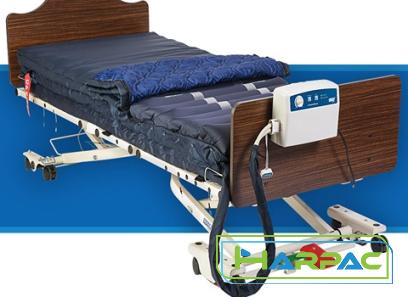
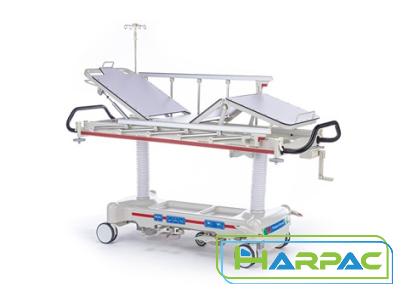
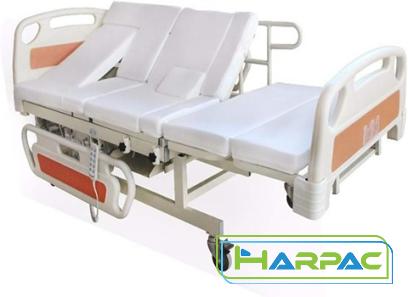
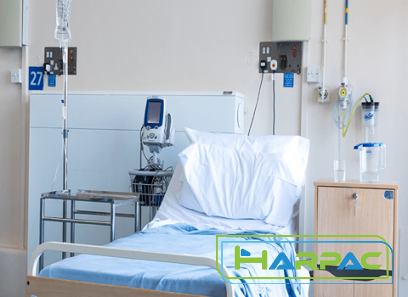
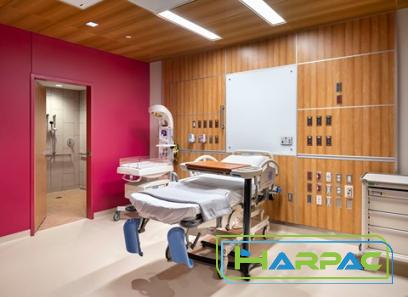
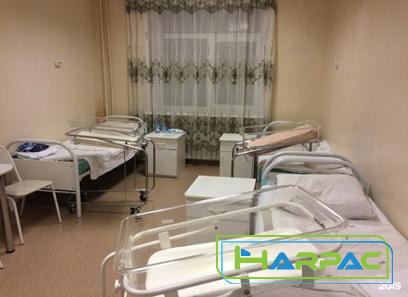

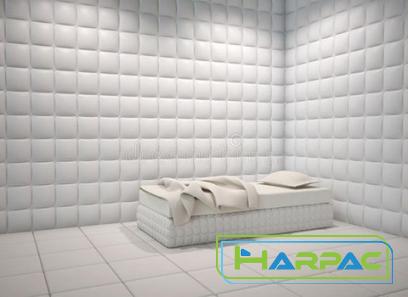

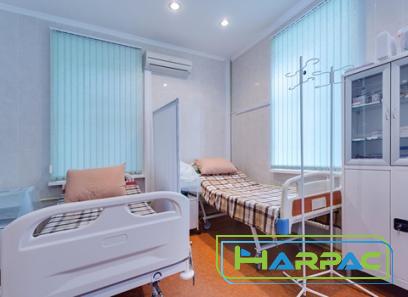
Your comment submitted.